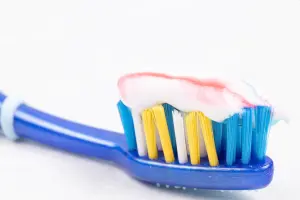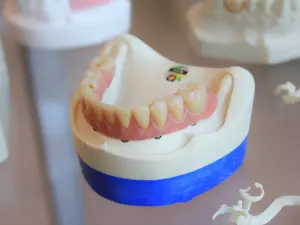Proper oral hygiene is essential for maintaining a healthy mouth and preventing tooth decay and gum disease. But how often should you change your toothbrush?
As a general rule, it is recommended to change your toothbrush every three to four months. This may seem like a long time, but there are several reasons why it is important to stick to this schedule.

first and foremost, your toothbrush is a tool that is used to clean your teeth and remove plaque and bacteria from your mouth. Over time, the bristles on your toothbrush will become worn down and less effective at performing this task. Additionally, bacteria can build up on the bristles, which can lead to an increased risk of infection. By regularly replacing your toothbrush, you can ensure that you are using a clean and effective tool to maintain good oral hygiene.
Another reason to change your toothbrush regularly is to avoid the spread of illness. If you or someone in your household has been sick, it is important to replace it to prevent the spread of germs. Similarly, if you have shared your toothbrush with someone else, it is a good idea to get a new one to avoid potential contamination.
Take care of it
In addition to changing your toothbrush every three to four months, it is also important to properly care for it in the meantime. This means rinsing it off after each use and storing it in an upright position to allow it to air dry. This will help prevent the growth of bacteria on the bristles.
Taking care of your toothbrush is just as important as taking care of your mouth. Some people may not think about this, but it’s easy to forget to clean it after every use. If you’re too busy or forgetful, use a bamboo holder to keep it from touching other brushes or make sure to store it in the lid of a jar or container that can keep it from touching anything else.
It is also a good idea to consider the type of toothbrush you are using. Most people should use soft-bristled toothbrushes, as they are gentle on the teeth and gums. If you have sensitive teeth or gums, you may want to consider using one with extra-soft bristles.
In conclusion, it is important to regularly replace your toothbrush every three to four months to maintain good oral hygiene and prevent the spread of illness. Proper care and consideration of the type of toothbrush you use can also help ensure that you are using an effective tool to clean your teeth and promote good oral health.

